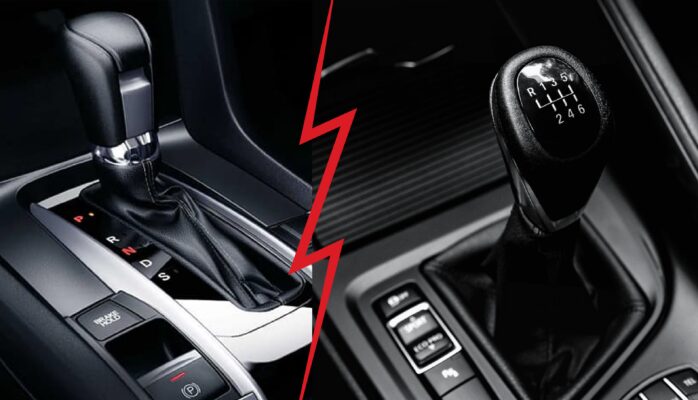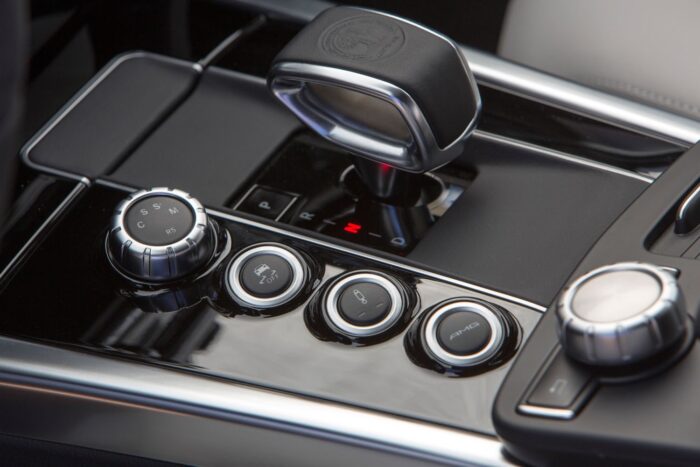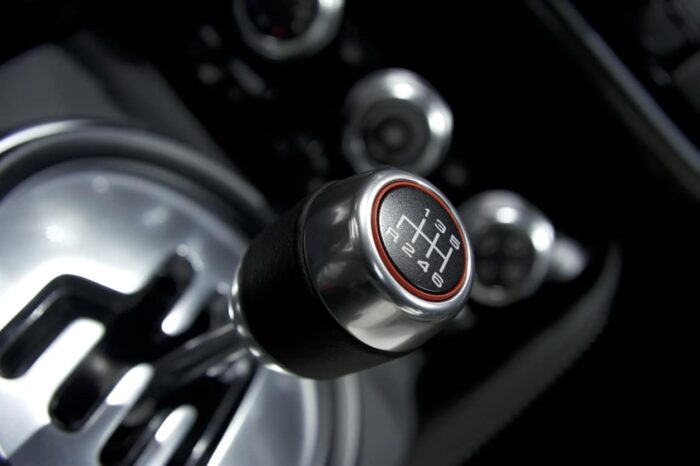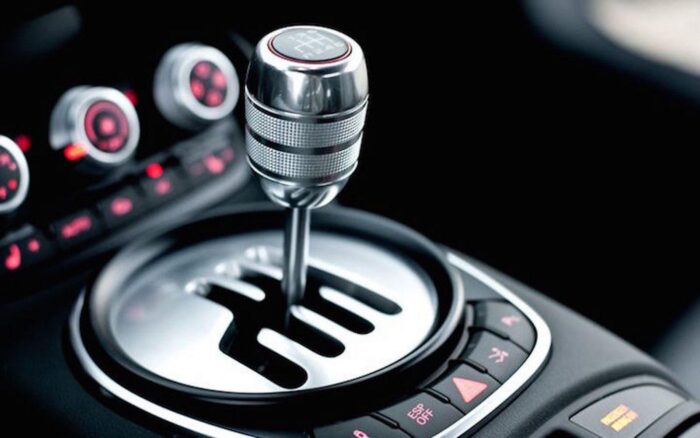
It’s no surprise that most drivers take the easiest route when it comes to driving their cars—automatic transmissions. While automatic transmissions afford more convenience and ease of operation, manual transmissions provide more control and performance. If you’re a novice or young driver looking to gain more experience behind the wheel, learning how to drive a car with a manual transmission can pay dividends in the long run!
Young and first-time drivers often have difficulty choosing between automatic or manual car transmissions when buying cars. With so many to pick from, the decision can be daunting. The good news is that there are certain characteristics of each transmission type that may make the decision easier.
Advantages & Disadvantages

Automatic and manual transmissions both have their own set of advantages and disadvantages that are important to consider as drivers decide which is best for them. Although automatics are becoming increasingly popular, manual vehicles remain a favorite among drivers who appreciate their unique capabilities.
Advantages of Automatics:
- Autos require less driver input, allowing the driver to focus on other elements of driving such as steering, signals, braking, and acceleration
- These vehicles tend to be better at navigating busy city traffic than manual transmission vehicles
- Automatics may generate better fuel economy than manual transmissions in some situations
What are the disadvantages?
- They do not allow the driver to shift gears as desired when accelerating quickly or going up hills which can hinder their performance capabilities
- Automatics may offer less control over engine braking than a manual does during downhill driving
- The cost will generally be higher for a vehicle with an automatic than with a manual transmission
Advantages of Manual Transmissions:

- Manuals offer more precise shifting capability for experienced drivers who understand how to operate one efficiently
- They usually also have better acceleration capability when compared to automatics (typically due to lower gear ratios)
- Maintenance costs on manuals are generally lower because there are fewer complex components involved in the system
Disadvantages of Manual Transmissions:
- Operating a vehicle with a manual will require more effort devoted towards shifting while driving compared to an automatic
- Driving in stop-and-go traffic can be especially difficult with automatic transmissions if you do not know what you’re doing already
- Inexperienced drivers often find manual operation challenging which can lead to confusion or issues if they attempt it mistakenly
Tips for Choosing

Whether you’re buying a new car or just need to know the differences between manual and automatic transmissions, understanding the benefits and drawbacks of each type of transmission can help you decide which type is best for your driving needs. Here are some tips for choosing:
- Cost: Manual transmissions are typically less expensive than their automatic counterparts, so they may be a better choice if you’re on a budget. Automatics generally cost more to repair and maintain, so if that is a consideration, going with a manual may be preferable.
- Fuel economy: Both types of transmissions have an effect on gas mileage. On average, manuals typically provide better fuel economy than automatics; however, this varies based on driving habits such as aggressive acceleration or heavy braking.
- Efficiency: Manual gearboxes require more effort from the driver to shift gears while autos require less effort. Automatic gearboxes are generally smoother and require less RPM (revolutions per minute) to shift gears which can lead to greater efficiency in your vehicle’s fuel system.
- User experience: Driving with an automatic transmission does have its advantages – being simpler and easier for many young drivers – however some drivers may still prefer the control that comes along with shifting gears in a manual vehicle. Ultimately it depends on personal preference and how much effort you want to put into learning how to drive a stick shift.
Maintenance Tips

Whether you own an automatic or manual transmission, it’s important to know how to maintain it properly to keep your car running smoothly and efficiently. The following maintenance tips can help you extend the life of your transmission.
For Automatics:
- Always maintain proper fluid levels in your transmission. Check them every 3-4 months, as oils for automatic s need to be changed less frequently than manual transmissions do.
- Check for signs of wear and tear like dark patches around the body, leaking fluids, and hesitation when shifting gears. If you notice any of these signs, have a qualified mechanic inspect your vehicle immediately.
- Have it serviced regularly by an expert mechanic who understands all systems related to the transmission functioning properly? Replace worn parts as necessary and stick with high-quality lubricants from a trusted source during all maintenance procedures.
For Manual Transmissions:
- Ensure that you use the correct type of oil as this will help ensure maximum efficiency with smoother shifting and improved performance overall.
- Regularly check levels of oil pressure in order to ensure that you are using enough in order not to damage internal parts over time due to friction or wear down of metal components caused by too low oil pressure. This can also contribute to grinding sounding when switching gears if left unchecked too long or without regular maintenance checks on your part or that of a professional mechanic’s experience service provider which specializes in manual transmission systems.
- Maintain cleanliness within your engine by having it routinely checked for dirt buildup from heat from either outside sources such as dust storms or from inside sources such as leakage of power steering fluid into engine compartments – both are common occurrences that should be fixed immediately by locals mechanics for routine services for this type system.
- Finally, make sure that all belts associated with the car’s transmission system are functioning correctly so that there will be no problems when starting up or operating at higher speeds. One should look out for any frisions, and rubber pieces along grooves that may have lost their vital grip over time causing excessive shaking while driving – these need fixing once found otherwise they may end up causing further damage.
Conclusion
In conclusion, whether you drive an automatic or manual car transmission, it is important to understand the differences between the two. Based on your own lifestyle and preferences, the type of transmission you choose should ultimately meet your needs.











